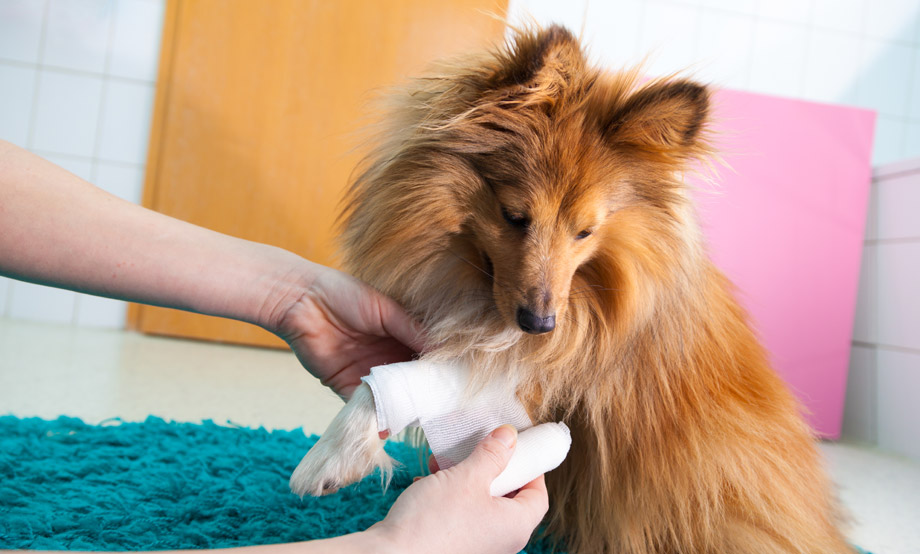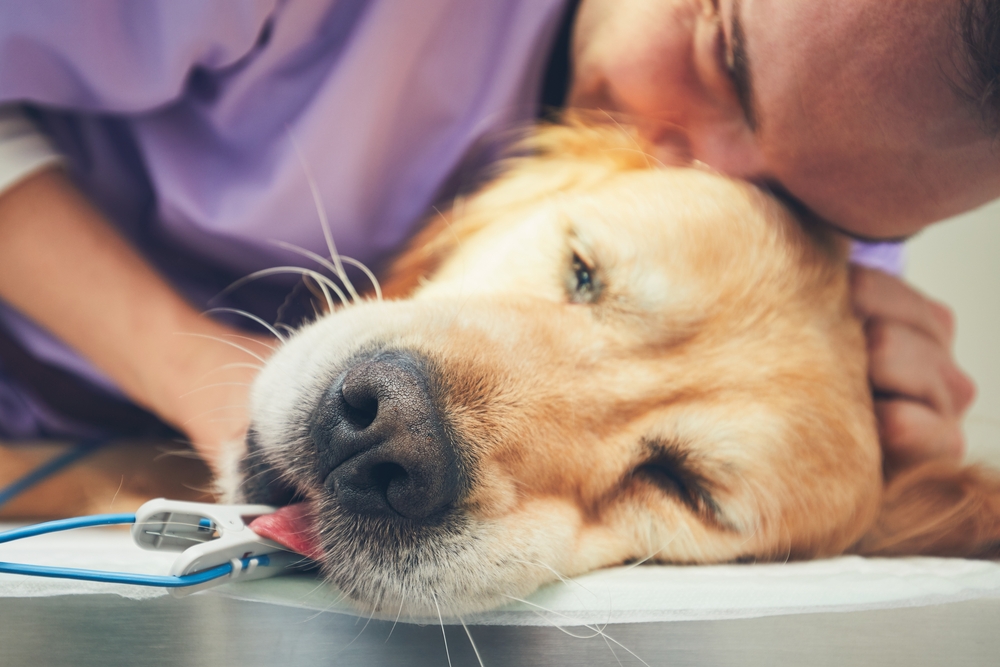What Is Koi Pond Building?
Koi pond building is an exciting project that enhances the beauty of your garden while offering a serene environment for your koi fish to thrive. A koi pond not only improves the aesthetics of your outdoor space but also becomes a tranquil retreat. However, once your pond is complete and your koi are happily swimming, protecting them from predators becomes a priority. This guide will walk you through the essential steps of koi pond building, ensuring your fish stay safe and your pond remains a beautiful feature.
Why Protecting Your Koi Pond from Predators is Important
Protecting your koi pond from predators is crucial to maintaining a healthy and thriving pond ecosystem. While koi are beautiful, they are also vulnerable to various animals, both airborne and land-based. Predators can cause significant harm, including physical injury to your koi and disruption to the pond environment.
Common Pond Predators:
- Herons: Known for their ability to catch fish from the surface.
- Raccoons: These nocturnal creatures are adept at stealing koi and damaging pond equipment.
- Owls and Birds of Prey: These birds often swoop down to catch fish in the evening.
- Neighborhood Cats: Cats are natural hunters and might be attracted to your koi pond.
- Mink and Otters: These small yet aggressive predators can cause a lot of damage to your fish population.
Protecting your koi from these threats is essential to ensure that they stay healthy and your pond remains peaceful.
How to Protect Your Koi Pond from Predators
1. Install Pond Netting for Effective Protection
Pond netting is one of the most reliable ways to protect your koi from predators. While it may affect the visual appeal of your pond, the security it provides is invaluable.
Why Pond Netting Works:
- Physical Barrier: Netting creates a physical obstacle that keeps predators, such as herons and raccoons, away from your koi.
- Cost-Effective: Netting is an affordable solution that offers long-term protection.
- Seasonal Protection: Install the netting during high-risk seasons like fall and winter when predators are most active.
Two popular netting options for koi pond building include:
- Aquascape Protective Pond Netting
- Atlantic Ultra Pond Netting
These types of netting can help keep your koi safe, especially during the colder months when predators may be more desperate.
2. Provide Hiding Spots for Your Koi
In koi pond building, creating hiding spots for your fish is essential for their protection. Koi need a place to retreat when they feel threatened. By adding hiding places, you ensure that your koi have a secure refuge.
Ideas for Fish Hiding Spots:
- PVC Pipes: Laying down PVC pipes and covering them with rocks or gravel can offer a safe retreat for your koi.
- Pre-built Fish Caves: Using products like the Aquascape Fish Cave gives you a simple solution for hiding places.
By incorporating these hiding spots, you’ll make it much harder for predators to catch your fish. It also reduces the stress your koi experience, creating a healthier pond environment.
3. Utilize Motion-Activated Sprinklers
A simple yet effective way to protect your koi pond from predators is by installing motion-activated sprinklers. These sprinklers will detect movement and shoot a burst of water, scaring off potential threats.
Benefits of Motion-Activated Sprinklers:
- Safe for Your Koi: They won’t harm your fish but will startle predators like raccoons, cats, or even birds.
- Non-Invasive: This method doesn’t disrupt the natural beauty of your pond.
- Ideal for Nocturnal Predators: These sprinklers are especially useful for nighttime protection.
Motion-activated sprinklers are a great addition to your koi pond building strategy to keep your fish safe without needing to rely solely on netting.
4. Use Nite-Guard to Protect Against Nocturnal Predators
For predators that hunt at night, like raccoons and owls, using Nite-Guard can be an effective deterrent. This device emits a flashing red light that mimics the eyes of a predator, causing smaller predators to flee.
Why Nite-Guard Works:
- Nocturnal Protection: It’s designed to protect your koi pond during the night when predators are most active.
- Mimics Predator Eyes: The flashing light tricks nocturnal animals into thinking there’s a larger predator nearby.
- Easy to Install: Simply place the device near your pond to ward off predators.
Incorporating Nite-Guard into your koi pond building plan ensures your koi are safe even during the night.
5. Add Floating Plants for Extra Cover
Floating plants, such as lilies, can provide a natural way to protect your koi. These plants create cover, reducing the visibility of your fish to aerial predators like blue herons.
Benefits of Floating Plants:
- Natural Camouflage: Floating plants help your koi blend in with their surroundings, making them harder for predators to spot.
- Enhances Pond Aesthetics: In addition to providing protection, floating plants enhance the beauty of your pond.
- Low Maintenance: Floating plants are easy to incorporate into your pond and require minimal care.
While floating plants do not offer complete protection, they can be an excellent addition to your koi pond building process, improving both security and aesthetics.
Who Can Help You with Koi Pond Building and Protection?
If you’re not confident in your ability to build and protect your koi pond, consider hiring a professional pond builder. These experts can assist with koi pond design and recommend the best protective strategies for your specific needs.
Why Hire a Professional?
- Expert Design: A professional will ensure that your pond is aesthetically pleasing while still offering effective protection.
- Custom Solutions: Professionals can recommend the best materials and security measures tailored to your location and pond size.
- Ongoing Maintenance: Pond builders can also offer maintenance services to ensure your koi pond stays protected year-round.
By consulting with professionals, you can ensure that your koi pond is built to last and remains secure from predators.
Final Thoughts on Koi Pond Building and Protection
Koi pond building is an enjoyable project that adds beauty and serenity to your outdoor space. However, protecting your koi from predators is essential to maintaining a thriving pond. While netting remains the most reliable solution, other strategies like hiding spots, motion-activated sprinklers, and Nite-Guard can provide additional layers of protection. By combining these methods, you can create a safe and peaceful environment where your koi can flourish for years.
Clearing Up Confusion: FAQs on Protecting Koi Pond Fish
1. Does Pond Netting Affect the Aesthetic of My Pond?
While netting can alter the visual appeal of your pond, it is one of the most effective ways to protect your koi. You can remove it during off-seasons to maintain the aesthetic of your pond.
2. Are Motion-Activated Sprinklers Safe for My Koi?
Yes! Motion-activated sprinklers are safe for your koi as they are designed to activate only when a large animal is detected. They won’t harm your fish but will scare off predators.
3. Do I Need Fish Caves in My Koi Pond?
Fish caves aren’t necessary, but they can provide important shelter for your koi. These hideaways reduce stress and help koi feel secure from predators.
4. How Often Should I Move My Heron Decoy?
To keep herons from recognizing your decoy as fake, move it every two to three days. This creates the illusion of a real heron and helps protect your fish.
5. Do Floating Plants Fully Protect My Koi from Predators?
No, floating plants provide minimal protection. They help reduce visibility but should be used in combination with other security methods like netting or hiding spots.
By following these strategies and regularly monitoring your koi pond, you can create a safe and thriving environment for your fish. Protecting your koi will allow you to enjoy a beautiful pond for years to come.
Keep an eye for more latest news & updates on BLOG!









